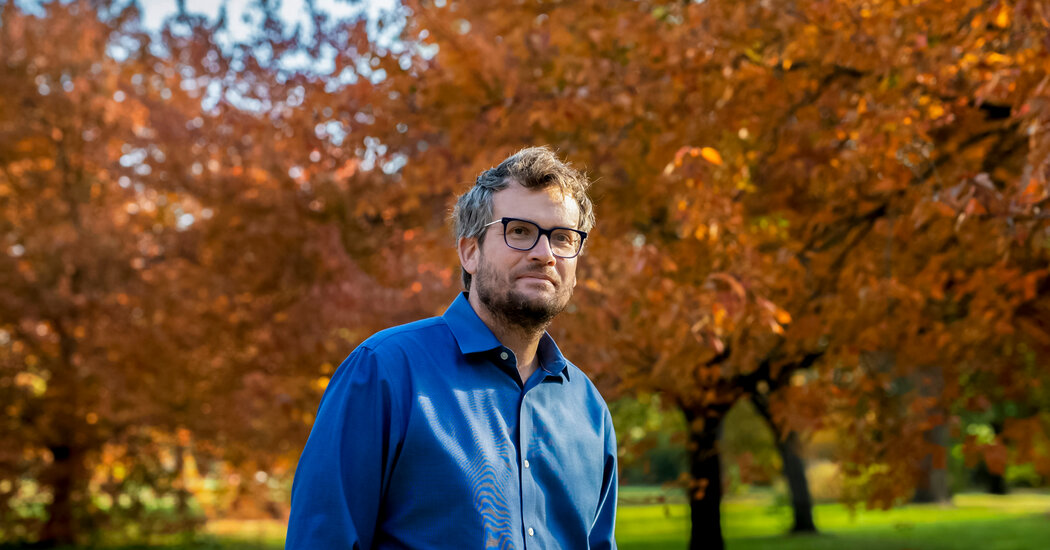With a forthcoming nonfiction book and an online army of Nerdfighters, the young-adult author aims to eliminate an entirely curable global scourge.
You can roughly guess a person’s age based on how they know John Green. Older millennials met Mr. Green and his brother, Hank, on YouTube in the late 2000s, when they were performing songs about Harry Potter and cultivating a fan base of “Nerdfighters.” Younger millennials probably know him as the author of “The Fault in Our Stars,” “Looking for Alaska” and other best-selling young-adult novels that feature complex and frequently tragic teenage characters. Generation Z-ers herald Mr. Green as a beloved professor: Since 2012, he has hosted video lessons on history, literature and religion for an educational web series called “Crash Course.”
Members of Generation Alpha now comprise many of his 2.8 million followers on TikTok. Fans are drawn to the brothers’ inside jokes and eclectic interests, like a holiday centered on a photo of Mr. Green with a mustache, or an annual charity event called the Project for Awesome (put on by the Foundation to Decrease World Suck). But even dedicated Nerdfighters were surprised by Mr. Green’s intense focus on eradicating tuberculosis, a disease that kills 1.6 million people annually. TB is caused by a bacterium that is estimated to infect one-quarter of the world’s population, but the disease receives little attention in wealthy nations.
Mr. Green has emerged as an unlikely spokesman in the global effort to fight the disease. His latest project, a book called “Everything Is Tuberculosis,” interweaves the social and scientific histories of tuberculosis with the present-day story of a young man from Sierra Leone named Henry Reider. The book will be published in March by a division of Penguin Random House.
In a recent interview, Mr. Green described the book as his attempt to understand how tuberculosis could be both entirely curable and the deadliest infectious disease in the world. It explores what the disease’s persistence as a scourge “says about us as a species — what that says about the worlds we’ve chosen, the world we might choose instead,” he said.
In countries like the United States, where testing and treatments are readily available and the prevalence of the disease remains low, tuberculosis is rarely mentioned outside of global-public-health labs and classroom discussions of 20th-century literature. But it thrives where tests and medication are expensive or otherwise inaccessible, funding is lacking and people are malnourished and live in poorly ventilated quarters.
Mr. Green said that he aims to bridge the “empathy gap” that exists for the disease, which disproportionately affects people in sub-Saharan Africa, Eastern Europe and Asia.
